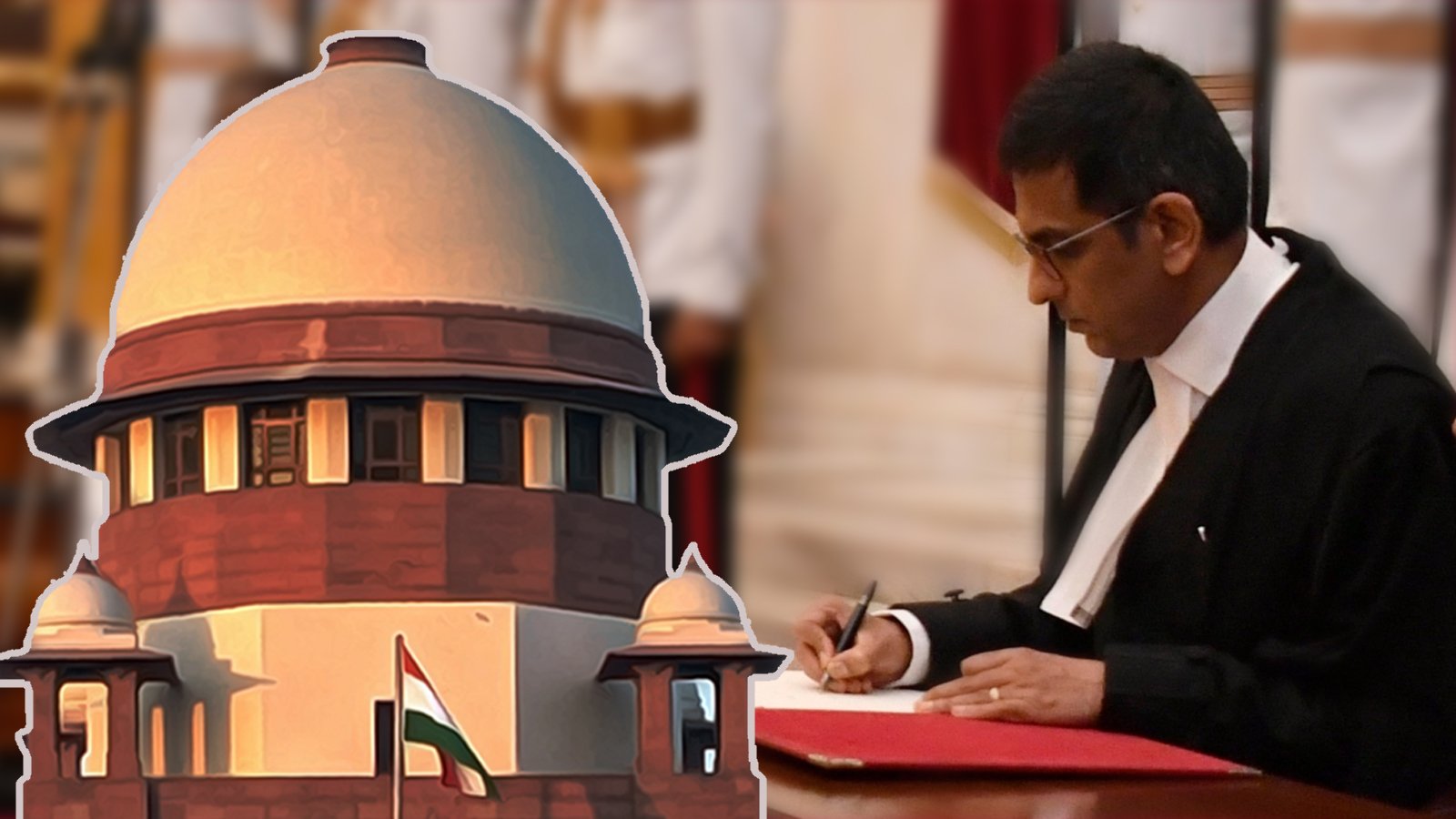The Supreme Court has taken disciplinary action against two members of the National Consumer Disputes Redressal Commission (NCDRC) for issuing non-bailable warrants despite a standing interim protection order.
Supreme Court Intervention
- The Supreme Court initiated disciplinary action against the NCDRC members due to their controversial decision.
- The decision came amidst concerns about the independence and adherence to legal norms within the judiciary.
- The NCDRC issued non-bailable warrants despite an interim protection order from the Supreme Court.
Implications
- The move underscores the judiciary’s commitment to upholding the rule of law and ensuring accountability.
- Legal experts view the intervention as necessary to maintain the sanctity of judicial processes and public trust.
- Discussions on the need for greater oversight and transparency within quasi-judicial bodies have been reignited.
Call for Action
- Many advocate for robust mechanisms to prevent procedural irregularities and ensure adherence to legal frameworks.
- The incident highlights the importance of ensuring judicial authorities operate within established boundaries.
Conclusion
- While awaiting further developments, the Supreme Court’s proactive stance emphasizes its role in safeguarding justice and fairness.
Multiple Choice Questions (MCQs):
- What prompted the Supreme Court to take disciplinary action against two NCDRC members?
- A) Issuance of non-bailable warrants despite a standing interim protection order.
- B) Criticism of their judicial appointments.
- C) Failure to attend court sessions regularly.
- D) None of the above.
- Answer: A) Issuance of non-bailable warrants despite a standing interim protection order.
- What is the significance of the Supreme Court’s intervention?
- A) It highlights concerns about budget allocations.
- B) It underscores the judiciary’s commitment to upholding the rule of law and ensuring accountability.
- C) It emphasizes the need for political reform.
- D) None of the above.
- Answer: B) It underscores the judiciary’s commitment to upholding the rule of law and ensuring accountability.
- What do legal experts consider the intervention as?
- A) A violation of judicial norms.
- B) A political maneuver.
- C) Necessary to maintain the sanctity of judicial processes and public trust.
- D) None of the above.
- Answer: C) Necessary to maintain the sanctity of judicial processes and public trust.
- What has the incident reignited discussions about?
- A) The need for stricter traffic laws.
- B) The need for greater oversight and transparency within quasi-judicial bodies.
- C) The importance of agricultural reforms.
- D) None of the above.
- Answer: B) The need for greater oversight and transparency within quasi-judicial bodies.
- What does the Supreme Court’s proactive stance serve as?
- A) A reminder of the importance of public protests.
- B) A reminder of the judiciary’s pivotal role in safeguarding the principles of justice and fairness.
- C) A reminder of the need for military intervention.
- D) None of the above.
- Answer: B) A reminder of the judiciary’s pivotal role in safeguarding the principles of justice and fairness.
